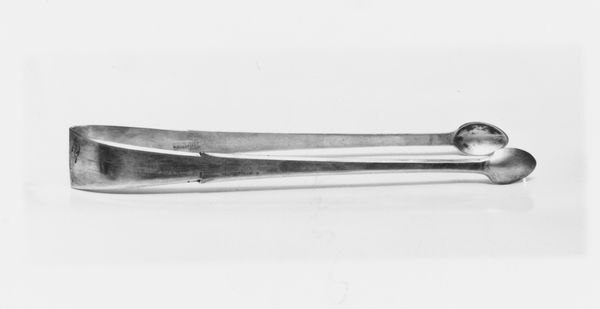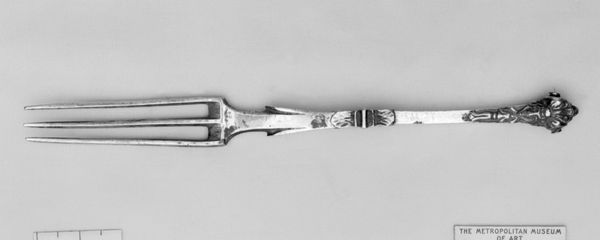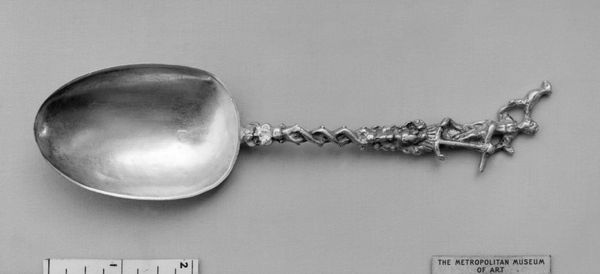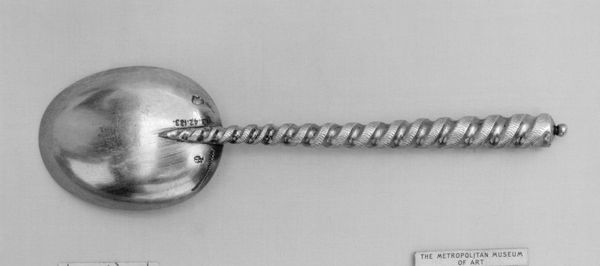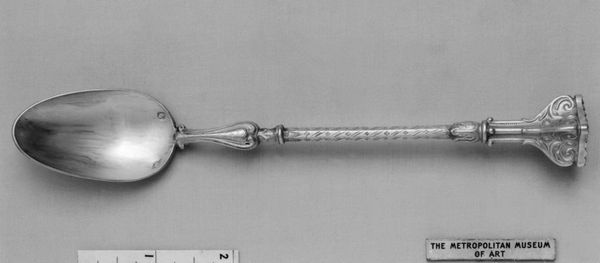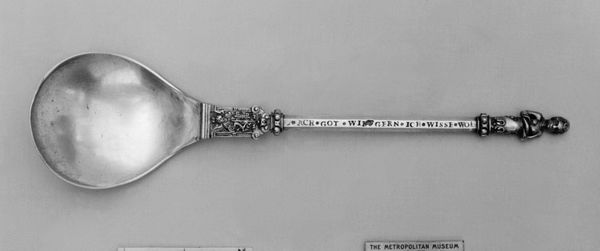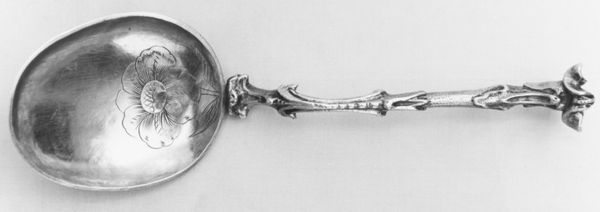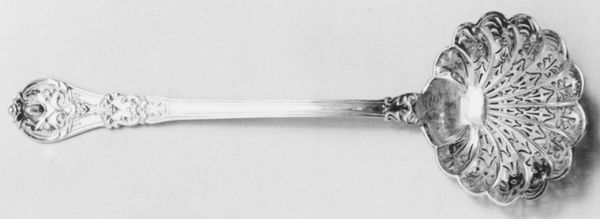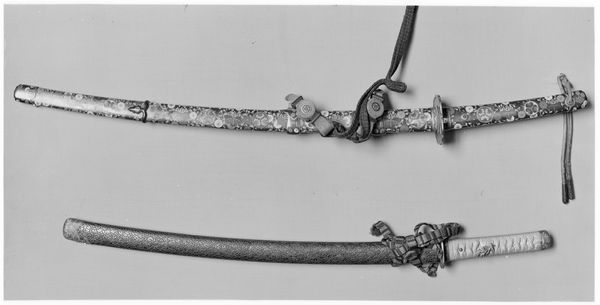
silver, sculpture
#
silver
#
baroque
#
sculpture
#
sculpture
#
decorative-art
Dimensions: Overall: 6 1/2 × 2 3/16 in. (16.5 × 5.6 cm)
Copyright: Public Domain
Editor: Here we have Theodorus Huigen's "Spoon" from 1699, made of silver. Its ornate handle catches my eye—it seems far more elaborate than one might expect for a simple utensil. How do you interpret this level of detail? Curator: The excess tells us everything. Consider the socio-political context: 1699. Silverware, particularly something as ornate as this baroque spoon, wasn’t merely functional. It was a blatant display of wealth and power. Editor: A display for whom, exactly? Was this a private indulgence or a public statement? Curator: Probably both! Objects like this reflected status within the elite circles of the time. But think also about the broader population. The extravagant consumption of the wealthy, so obviously on view, reinforced existing hierarchies. The labor that went into crafting something like this highlights class disparities and power dynamics. The very act of using this spoon becomes a performance of dominance. What stories might this object tell about the lives of the less privileged at the time? Editor: So it's not just a spoon; it's a symbol of inequality? Curator: Precisely. And examining these symbols helps us understand how material culture can reinforce and perpetuate societal structures. We can consider how luxury continues to operate today, shaping identities and influencing perceptions of value. What is its function now? Editor: I hadn’t thought of it that way. Now I see the spoon in a completely new, almost uncomfortable, light. Curator: Good. Art, even in the form of a seemingly simple spoon, should challenge us. It should push us to examine the power structures embedded within everyday objects and our relationships with them.
Comments
No comments
Be the first to comment and join the conversation on the ultimate creative platform.


